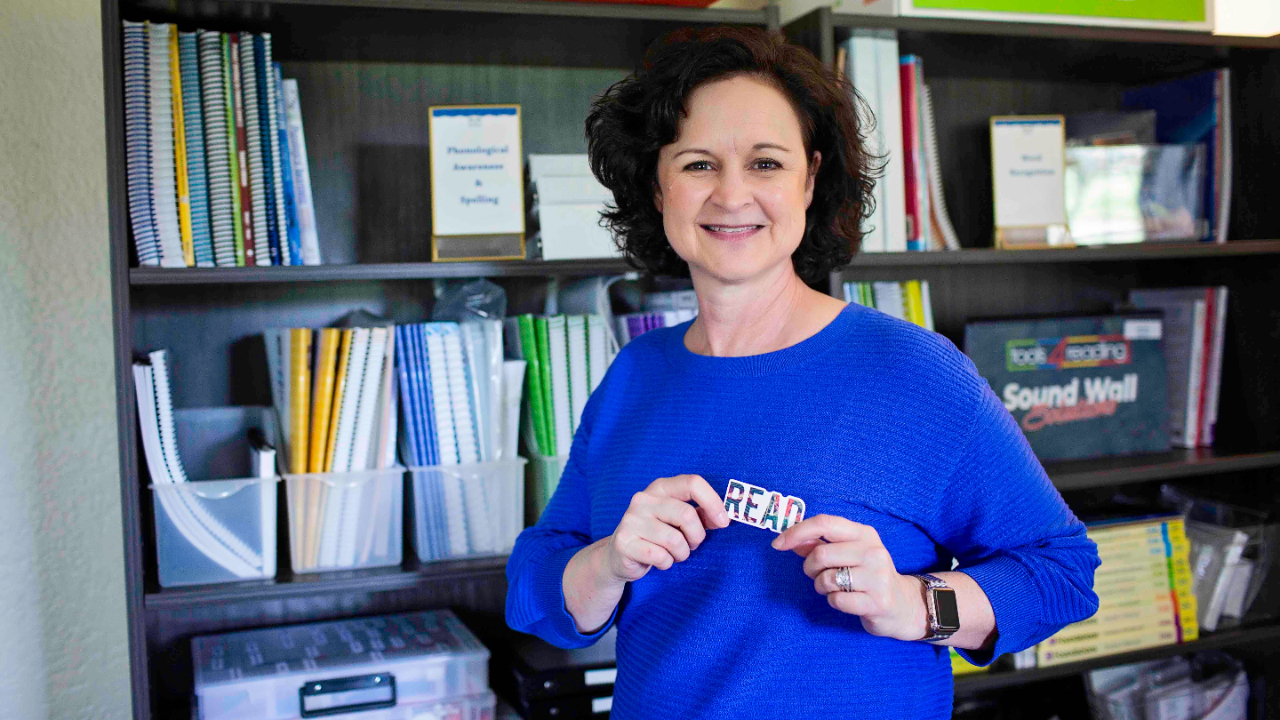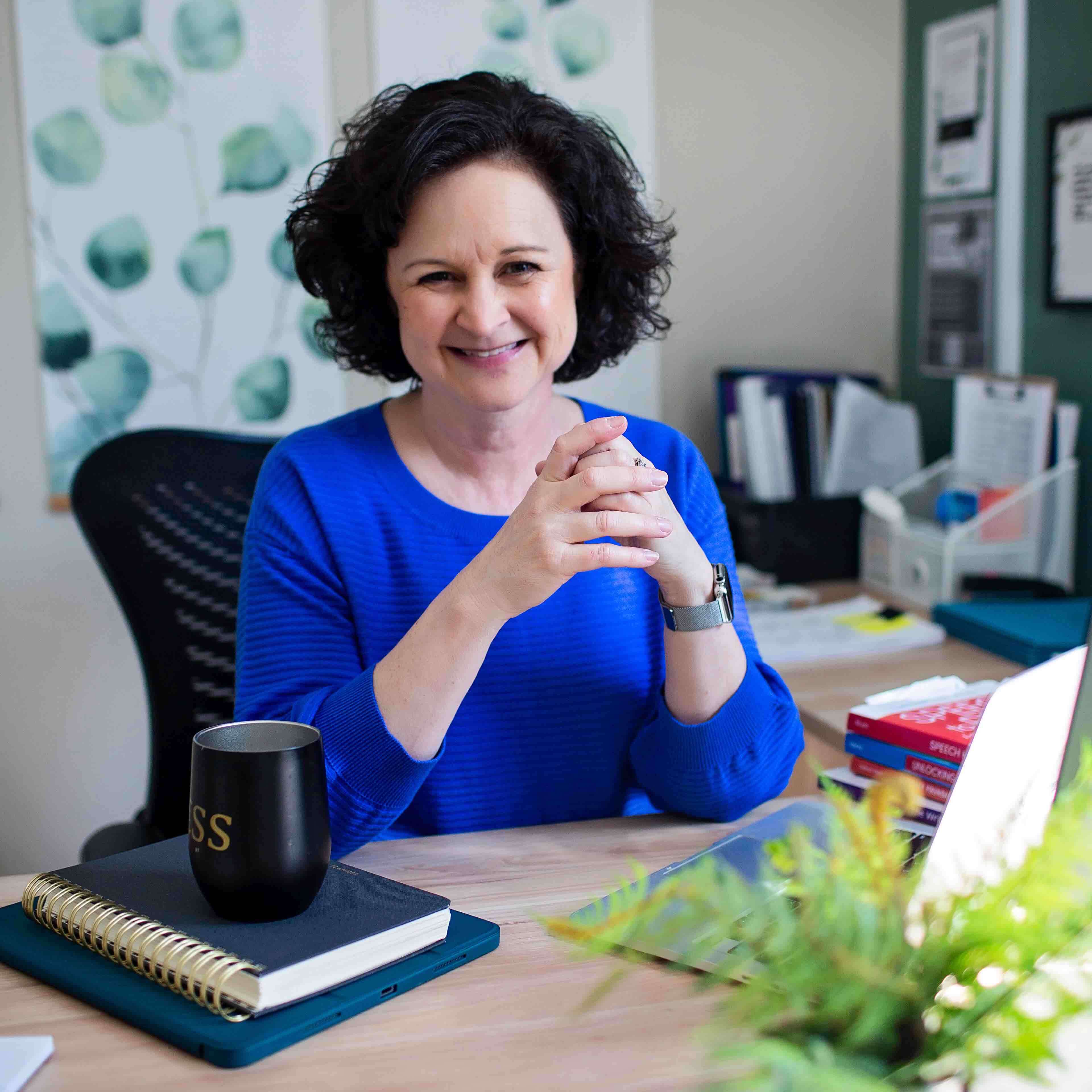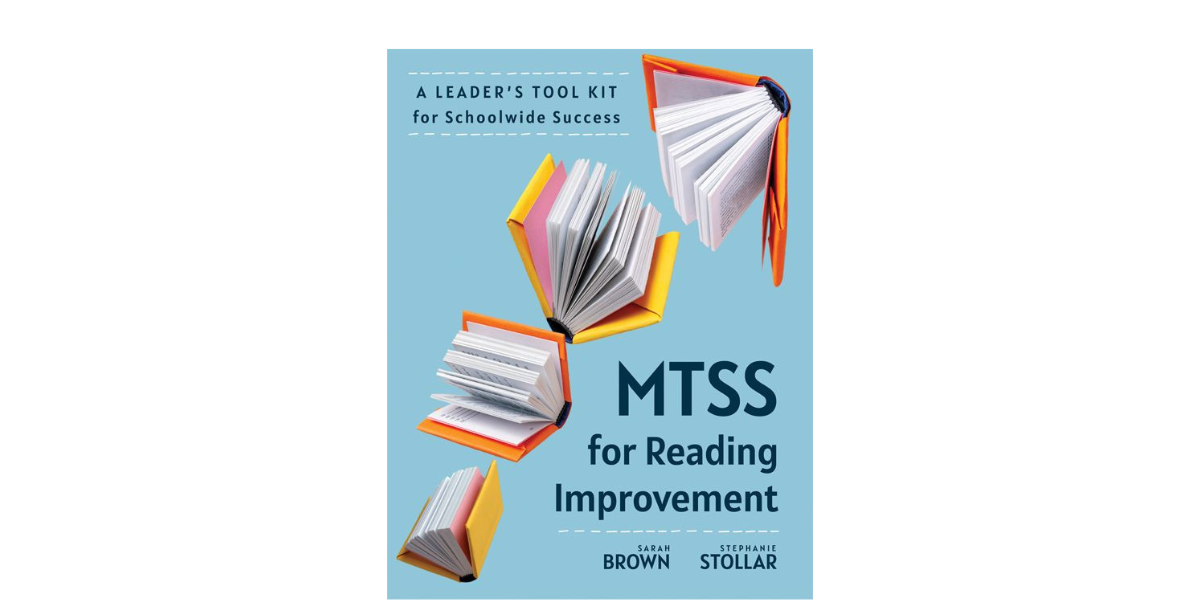What is a Vowel?

Before I read Speech to Print or took LETRS training for the first time, I thought there were exactly three things to know about vowels:
- vowels are the letters A E I O and U
- there are 5 of them
- they can be either long or short
Wrong, wrong, and boy was I wrong!
Since that time, I’ve learned soooooo much about vowels. I suspect there is still more to learn. The study of the English language never ends!
I’m going to share a list of what I now think about vowels, and ask you to revise and extend my list.
Here goes…in no particular order:
- vowels are phonemes/sounds that are not consonants
- vowel phonemes can be represented by a variety of letter, well beyond A E I O and U
- every syllable has a vowel phoneme
- vowel phonemes can be categorized as tense or lax
- the syllable type can indicate the pronunciation of the vowel
- vowel phonemes can be reduced to schwa in unstressed syllables
- vowels can change sound when they precede a nasal consonant phoneme such as /n/ or /m/
- vowels change the sounds of nearby consonants, for example, the pronunciation of the letter C as /k/ or /s/ depending on the vowel that follows it
- vowels are always voiced phonemes
- vowels are often what give children the most difficulty when they are reading and spelling
- variant vowels are similar to but not the same thing as diphthongs
- tense or “long” vowels are diphthongs, except the long E
- it is essential and sometimes challenging to come up with a good keyword for vowel phonemes (i.e., using echo instead of elephant or egg)
- “the great vowel shift” occurred over 300 years and caused long, stressed vowels to change their place of articulation
- languages other than English have different vowel sounds – some more, some less
- vowel pronunciation changes with dialect
- speakers of African American English dialect sometimes change the sound of voiced and unvoiced /th/ after a vowel to /t/, and change the voiced sound of /th/ before a vowel to /d/
- a rime is the vowel and the sounds that follow it in the syllable
- vowel phonemes are continuants
- there are 18 vowel phonemes
- the vowel is the nucleus of the syllable
- vowel sounds are made with an open mouth – no teeth, tongue or lips touching
- the pronunciation of and inventory of vowels varies across the versions of English spoken in the U.S, England, and Australia
What did I miss? What did I not get quite right? What do you teach to your students and when?

Dr. Stephanie Stollar is the founder of Stephanie Stollar Consulting LLC and the creator of The Reading Science Academy. She is a part-time assistant professor in the online reading science program at Mount St. Joseph University, and a founding member of a national alliance for supporting reading science in higher education.
You can follow Stephanie Stollar Consulting and the Reading Science Academy on Facebook, YouTube, Twitter, Instagram and LinkedIn, and contact her at [email protected].
⭐️ Get Dr. Stollar's free resources on the science of reading here! →


